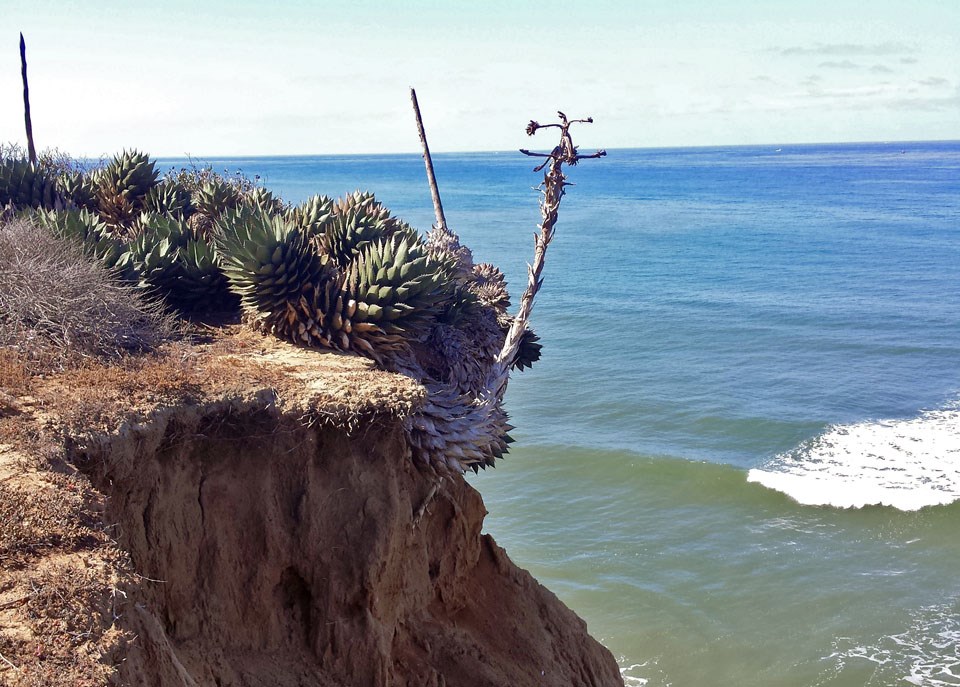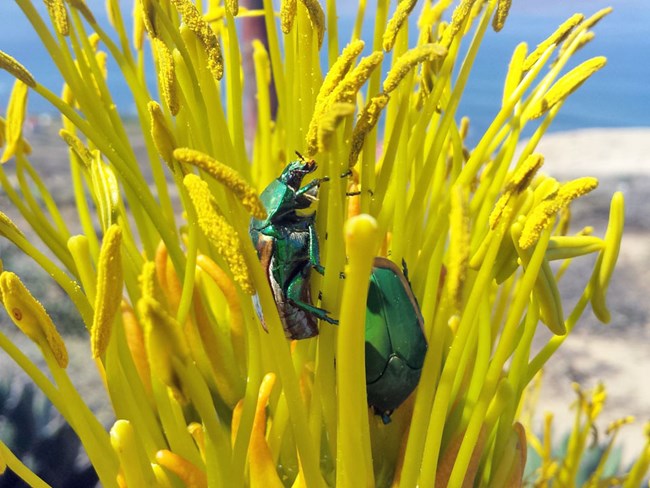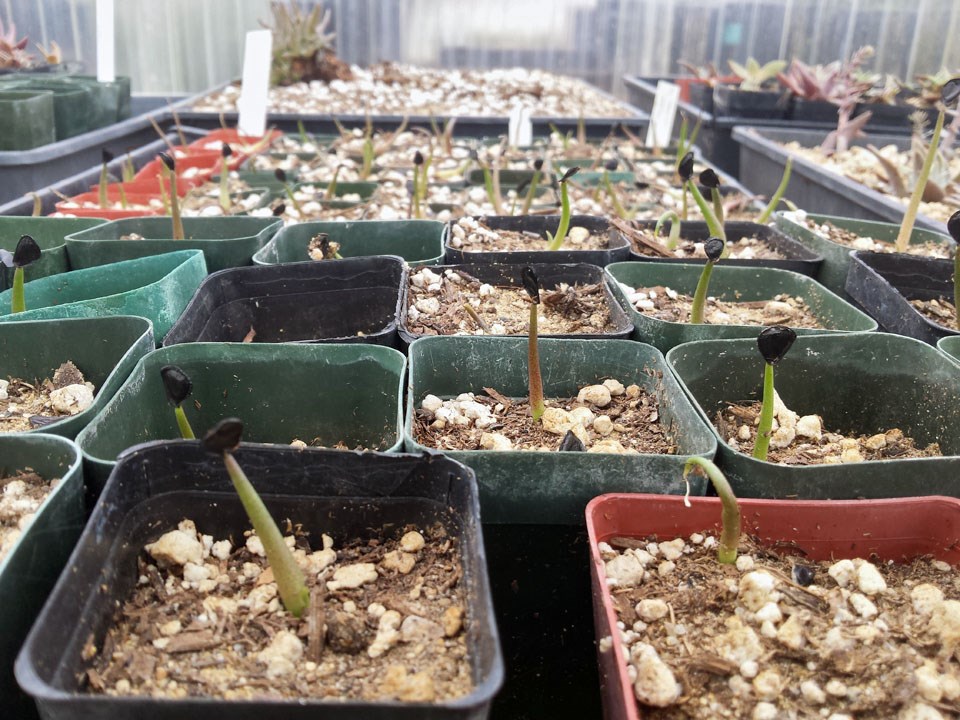Last updated: March 21, 2017
Article
Shaw’s Agave – A Species on the Edge

NPS

NPS
Specifically, they have initiated efforts to:
- search for the missing pollinator, the Mexican long-tongued bat (Choeronycteris mexicana);
- assess the potential for other pollinators;
- test the effects of hand pollination;
- grow new individuals in greenhouse conditions; and
- cage young plants to test for herbivory.

NPS
So far, biologists have documented 11 species of bats, but no Mexican long-tongued bats. Hand-pollination trials have not seemed to increase Shaw's agave fruits or viable seeds. All insect and bird visitors appear to not act as pollinators.
Greenhouse growing of viable seeds has been highly successful, however. The National Park Service has grown over 200 individuals through their first year. There also does appear to be herbivory of young seedlings, but these trials are still underway.

NPS
This work supports a federal effort to understand and protect native plant communities and species that depend on them. The National Park Service strives to foster resilient ecosystems, ensuring the well-being of current and future generations.
Prepared by the Mediterranean Coast Inventory and Monitoring Network.
